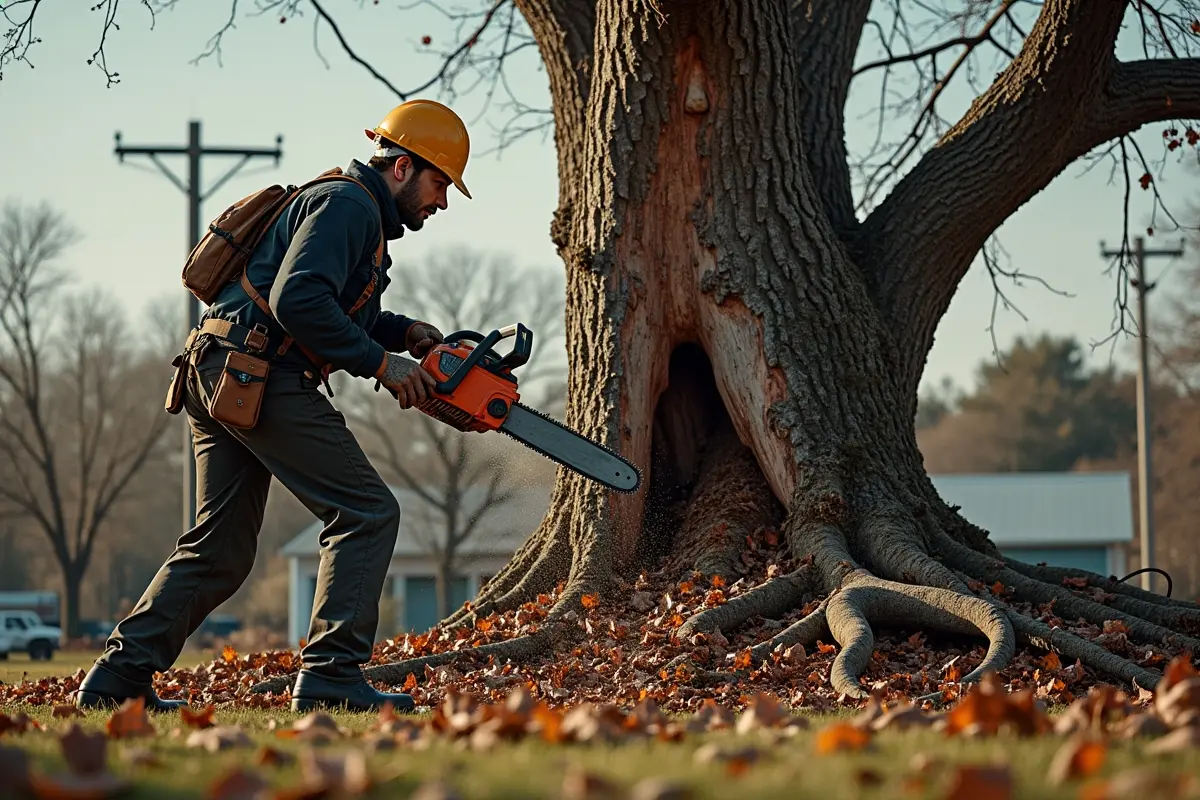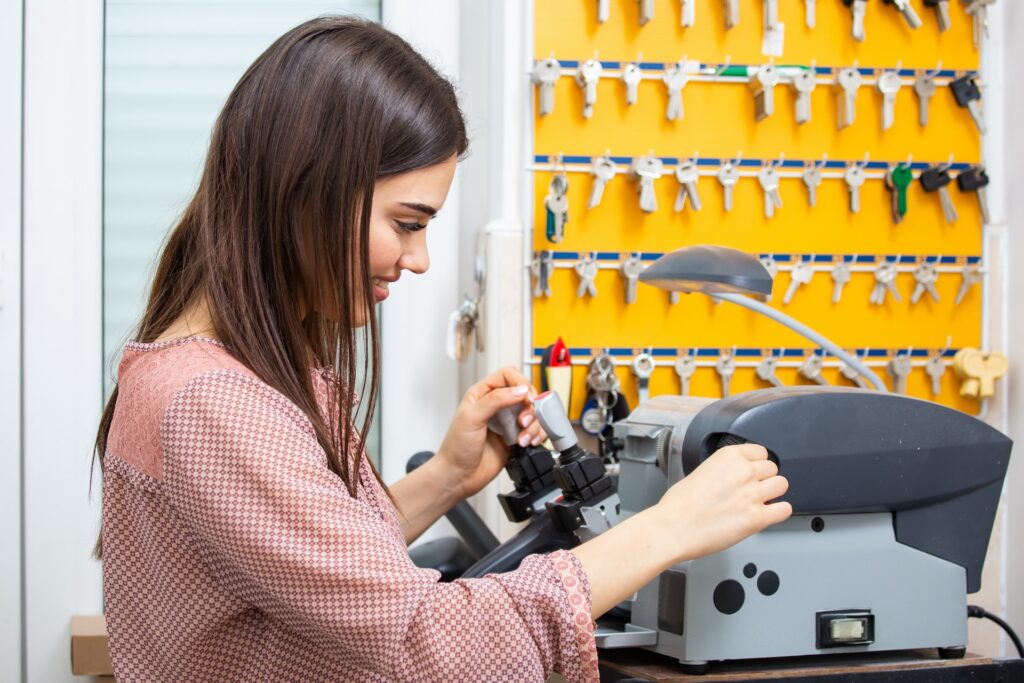Trees bring beauty, shade, and fresh air, but sometimes, they have to go. It’s not always an easy decision, but there are times when keeping a tree around can be risky, impractical, or even dangerous. If you’ve got a tree that’s raising concerns, you might be wondering: Does it really need to come down? Here are seven key reasons why tree removal becomes necessary.
1. The Tree Is Dead or Dying
A tree that’s lost its life isn’t just an eyesore—it’s a major safety risk. Dead trees weaken over time, making them vulnerable to high winds, storms, or even just their own weight. Branches can drop suddenly, or worse, the entire tree can topple without warning.
If you notice no leaves in spring, brittle bark, or fungus growing at the base, it’s a strong sign that the tree is no longer healthy. A dead or dying tree won’t recover, and making the most of a tree service Alpharetta GA and removing it is the safest choice.
2. It’s Structurally Unsound
Some trees lean naturally, but if your tree is suddenly tilting at an angle or showing signs of a weak trunk, it might not be stable. Cracks, splits, or large hollow areas inside the tree indicate internal decay, which weakens its ability to stay upright. If a tree’s structure is compromised, waiting too long can lead to property damage or even injury. An arborist can assess whether the tree is salvageable or if removal is the safest option.
3. It’s Causing Damage to Property or Infrastructure
A tree might look fine above ground, but its roots could be causing serious issues below the surface. Large, aggressive root systems can invade pipes, crack foundations, and even lift pavements or driveways.
If you’ve noticed persistent plumbing issues, buckling pathways, or cracks forming in your home’s foundation, an intrusive tree might be the culprit. In these cases, removal is often necessary to prevent long-term, costly damage.
4. There’s a Pest or Disease Infestation
Not all trees can fight off pests or diseases, and once an infection takes hold, it can spread quickly to other plants in your garden. Common signs of trouble include wilting leaves, unusual spots, oozing sap, or an increase in insects around the bark.
Certain diseases, such as Dutch elm disease or ash dieback, can wipe out entire tree populations if left unchecked. If a tree is beyond saving and poses a risk to surrounding greenery, removal is often the best solution to stop further spread.
5. It’s in the Way of Construction or Landscaping Plans
Sometimes, a tree is simply in the wrong place. Whether you’re expanding your home, installing a pool, or redesigning your garden, a tree might be standing in the way of progress.
In some cases, transplanting might be an option, but if the tree is too large or the roots are deeply established, removal may be the only realistic choice. While it’s never ideal to cut down a healthy tree, practical considerations often make it necessary.
6. Storm Damage Has Weakened It
Storms can be brutal on trees, snapping branches, splitting trunks, and even uprooting them entirely. If a tree has suffered significant damage, it may be beyond recovery. A severely damaged tree isn’t just unattractive—it’s unpredictable.
Weak branches or an unstable trunk could fall unexpectedly, putting nearby people, homes, and vehicles at risk. If storm damage has compromised a tree’s stability, removing it might be the safest course of action.
7. It’s Blocking Sunlight or Views
While trees are fantastic for shade, sometimes they can block too much light, leaving gardens or rooms feeling dark and uninviting.
Overgrown trees can also obstruct scenic views or interfere with solar panels. In some cases, trimming back branches might be enough, but if a tree is overwhelming your space and pruning won’t solve the problem, removal may be the best option.
When to Call a Professional
If you’re unsure whether a tree needs to be removed, it’s always a good idea to get expert advice. Arborists can assess the tree’s health, stability, and potential risks, helping you make the best decision.
While DIY tree removal might seem tempting, it’s often dangerous and should only be done by professionals, especially for large or compromised trees.
Making the Right Choice for Your Landscape
Removing a tree is never a decision to take lightly, but in many cases, it’s the safest and most practical option.
Whether it’s dead, diseased, unstable, or simply in the way, taking action at the right time can prevent accidents and property damage. If a tree on your property is causing concern, assessing the situation sooner rather than later can save you a lot of trouble down the line.





Leave a Reply
You must be logged in to post a comment.